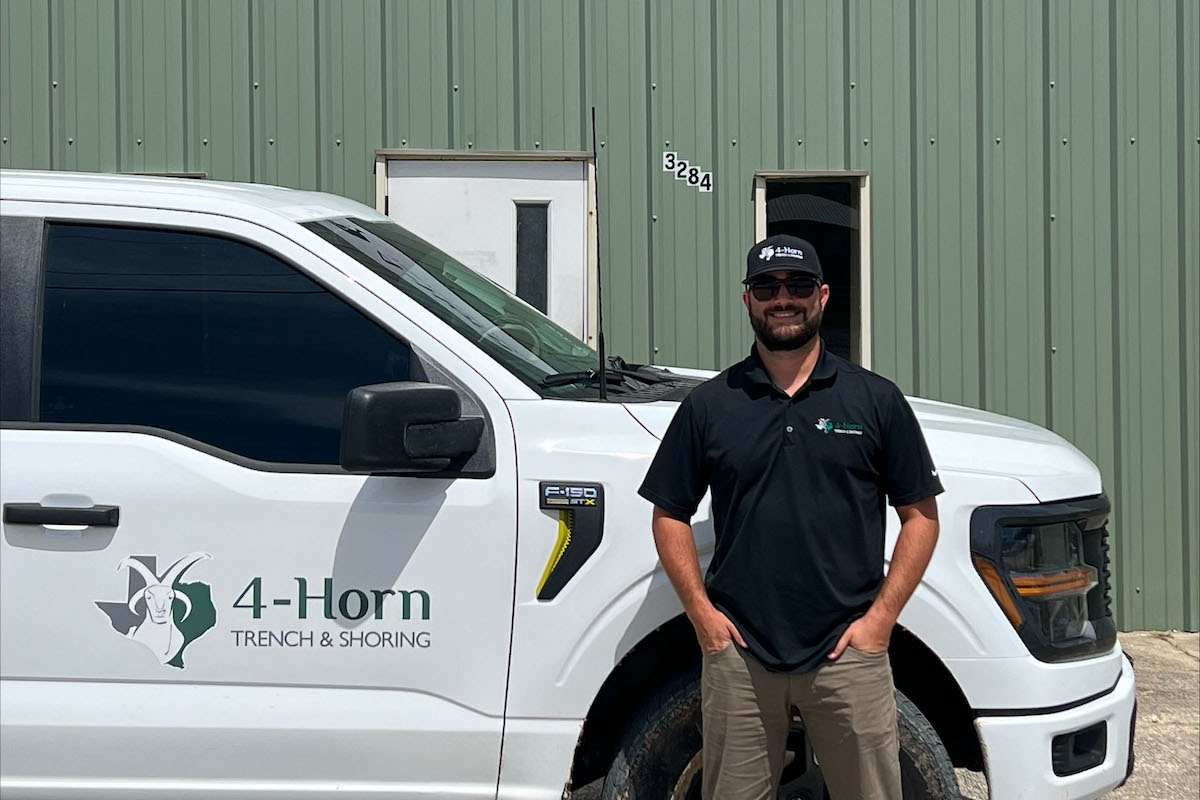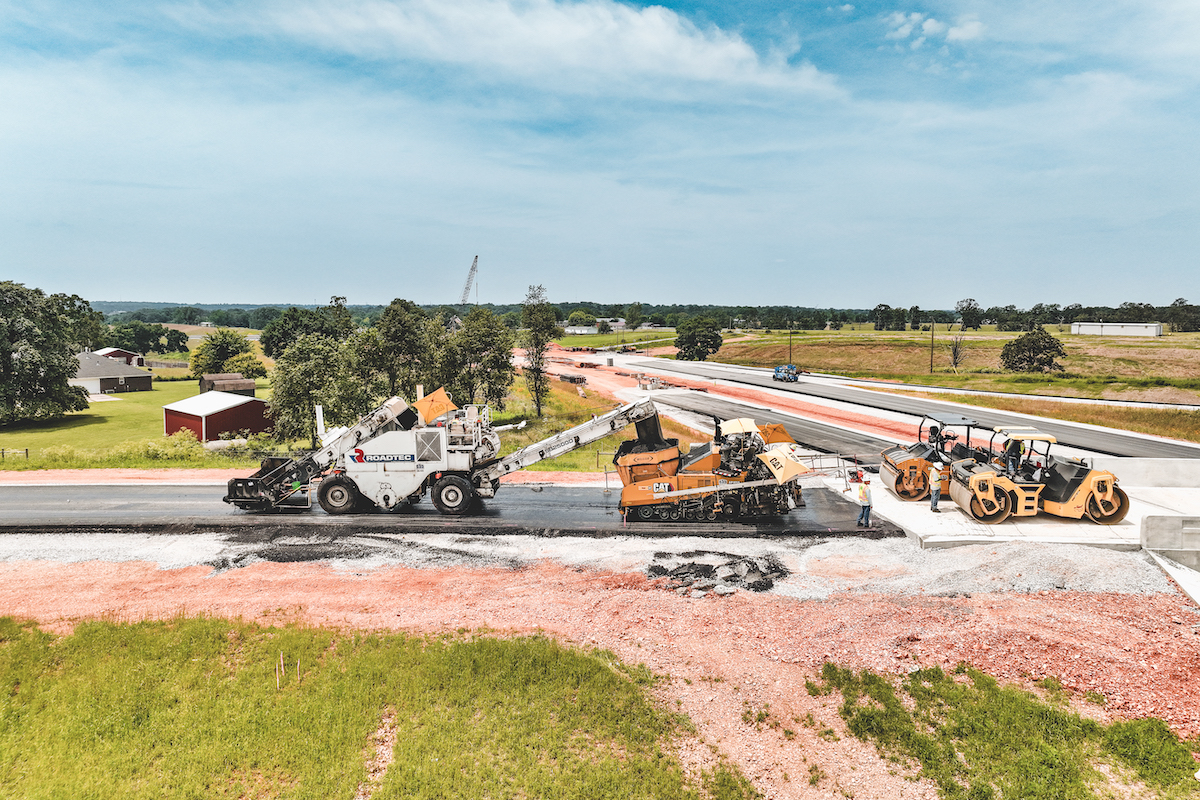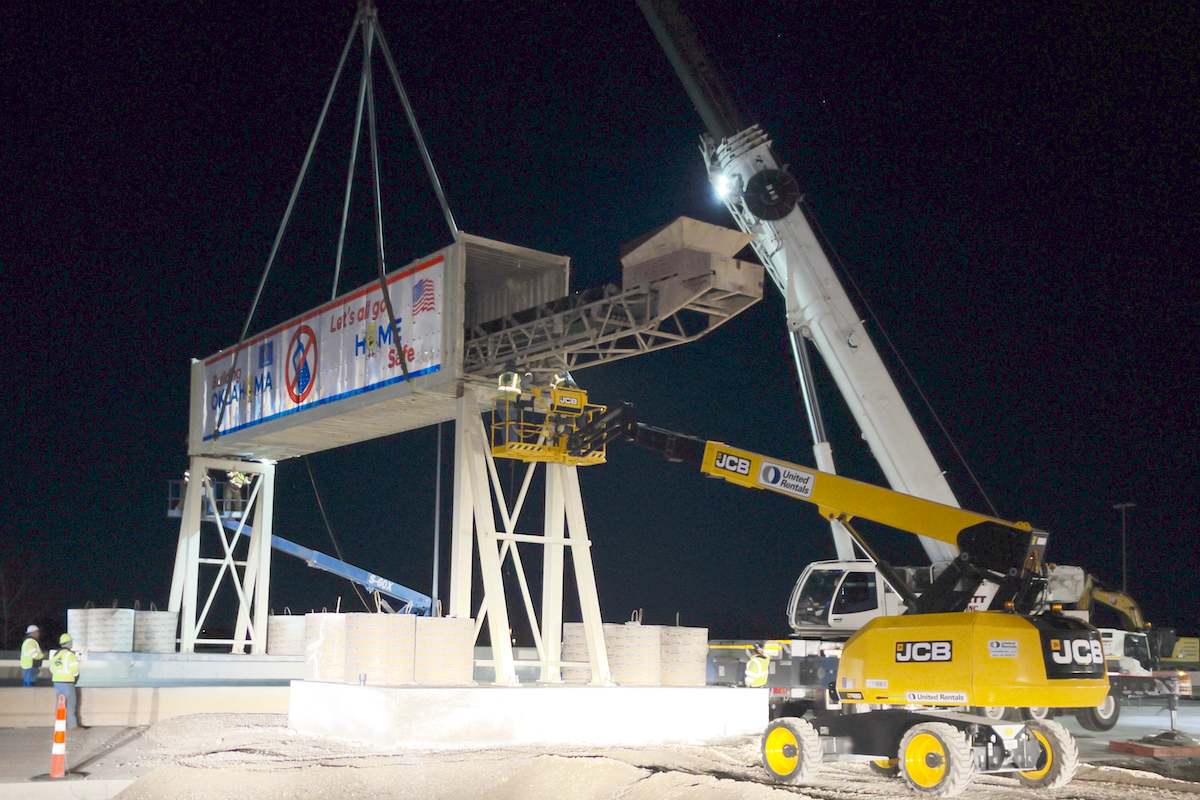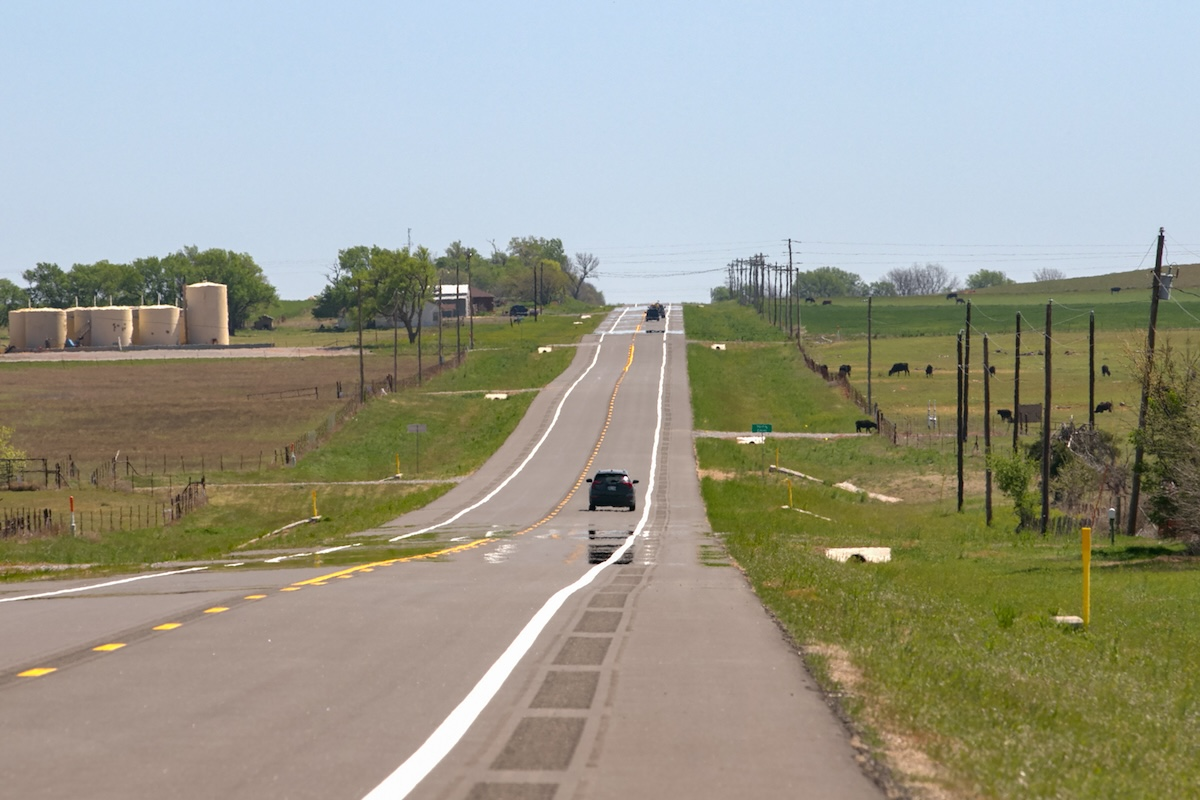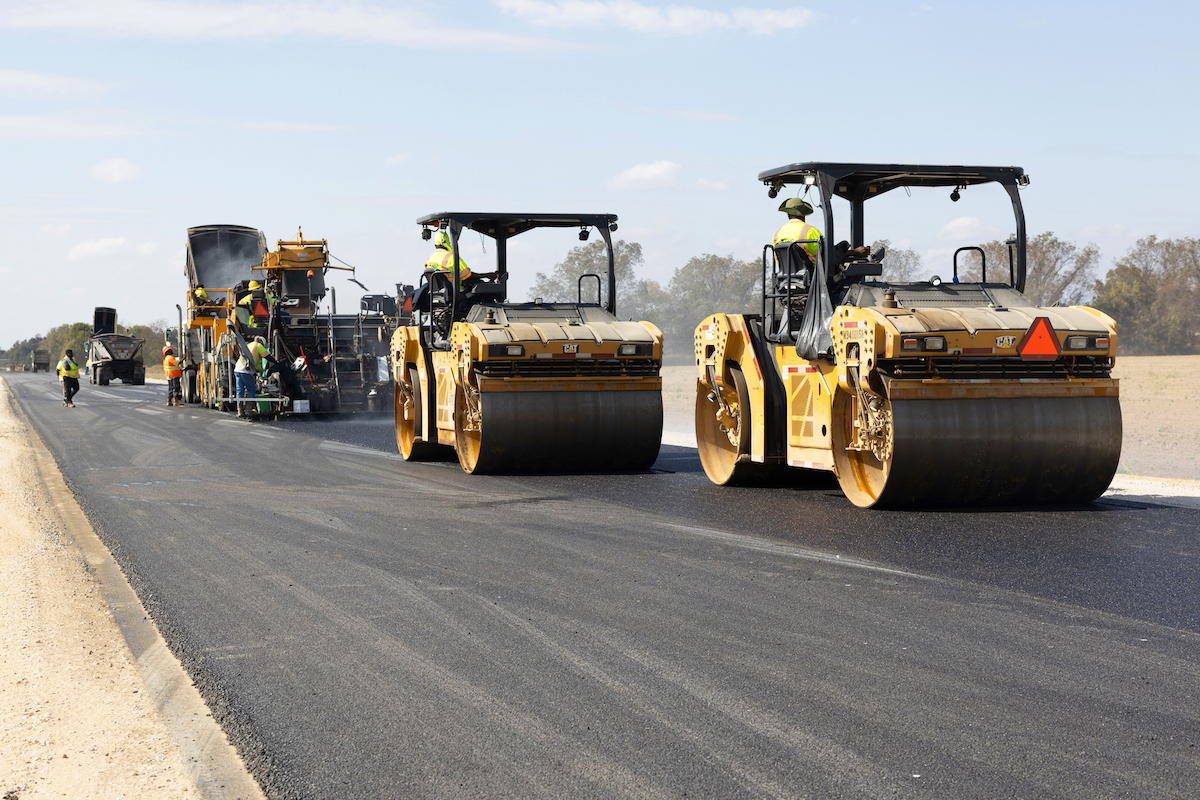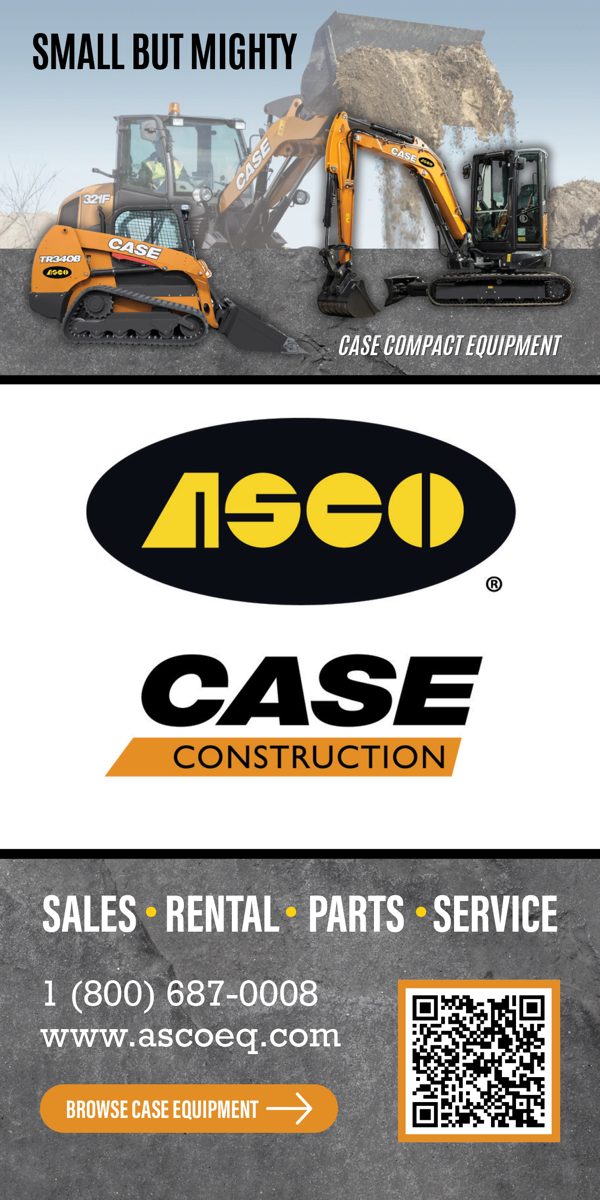Thanks to concrete’s strength and versatility, it continues to be one of our most important building materials. Over the years, chemists have experimented with formulations and additives to improve its consistency and durability. Today’s concrete is most often a combination of Portland cement (as a binder), sand, and gravel or crushed rocks. Admixtures are incorporated to provide specific properties. When this dry mixture is combined with water, it gradually solidifies.
As we have become accustomed with the many advantages of concrete, it’s easy to forget that both concrete itself and the methods used to form and move it carry inherent hazards. Below is a review the most common hazards associated with this common building material and recommendations to enhance workers’ safety.
Waterproof gloves are a must when working with concrete and it’s also important to keep clothing dry. If clothes become wet because of exposure to wet concrete or environmental conditions such as rain, workers should change into dry clothing before proceeding. The abrasive properties of the sand used in concrete can also cause irritation. That’s why workers should wash hands and exposed skin thoroughly after working with concrete and use skin creams to reduce the effects of exposure.
The potential for eye or lung irritation can be limited by reducing the amount of airborne dust through a change in the way a task is performed, or by improving ventilation in the work area.

| Your local Case Construction Equipment Inc dealer |
|---|
| ASCO Equipment |
When spreading or leveling poured concrete, it’s easier on your muscles to push it into position, rather than trying to lift it or pull it toward you with a shovel or a float. Allowing gravity to do most of the work reduces the potential for injuries and minimizes excess movement that can cause components of the concrete to separate out from the mixture.
Take steps to protect skin from contact with the wet concrete when finishing, such as through the use of waterproof pads. Again, if clothing becomes wet from contact with concrete, change into dry clothing to minimize the potential for skin irritation or chemical burns.
Rebar and other reinforcing materials should be handled carefully. Be sure that rebar ends that present an impalement hazard are properly covered, and secure materials so they do not collapse or move when the concrete is poured. Use the correct cutting equipment for the type of reinforcement.
Finally, be careful with concrete buckets. Workers should not attempt to ride on them. Nor should workers be allowed to be underneath them when they are being raised or lowered. Plan a path for the buckets that will expose the smallest number of workers to any hazards.


























